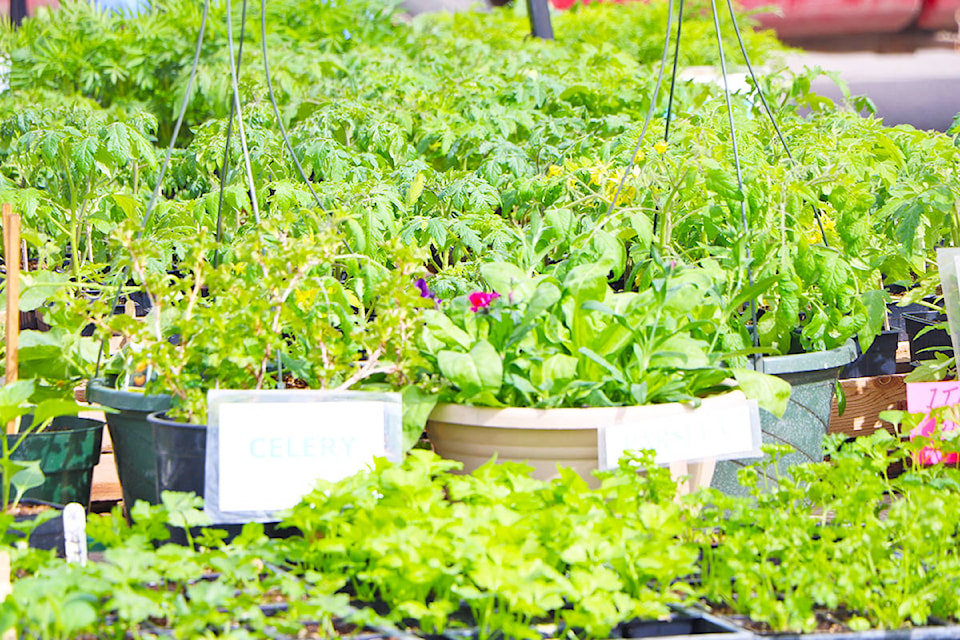As we prepare for garden planting we always debate how much tillage should we do. How much compost should we add? Will we mulch this year? When will the soil temperature be high enough to cover the soil to suppress weeds? Is it time for another soil test?
This year we say how much garden can we handle with just ourselves and some family help.
We hope that we can “exchange labour” with grandchildren that are learning to work and run a small enterprise of 11 pigs.
Since we look after the project they have taken on (raising pigs) during the school week, then they need to help on weekends when they have the time.
Spring is such a lovely time to turn our minds to growing food because we just keep getting more and more beautiful sunlight which powers spring flourishing.
READ MORE: Rome wasn’t built in a day and neither is a ranch
This spring was slow. My measure of spring starting is when the wild clematis poke their purple flowers out of some wild hazelnut bush sometimes climbing 15 feet up the bush in search of lasting light.
Only now are these beauties showing their colour.
I also look for a flush of small clover plants, some wild and some planted, that indicate the available moisture and amount of stored sugar in their roots energizing the plant in its attempt to spread their leaves open to collect the solar energy offered free to us all.
And I ask the question to add to those above, are we allowing these plants working for us (or for all of creation, if you will) to add more carbon than we are using up and outing into the atmosphere, allowing the soil to conserve it?
This is a big question and we need to have a measure of it all.
It is all the other nutrients that we need to measure just in case some are in short supply. Nutrient dense food from nutrient dense soil is the watchword of food production in this era.
I dwell on this topic because of the economics and the ecology of feeding ourselves and the rest of the world doing the same.
The exciting interest in soil health as a precursor to human health is generating a lot of interest these days.
Agriculture historians have looked at the sustainability of Chinese and Japanese soils over 40 centuries. A preeminent American soil scientist in the early 1900s — King- wrote that the key to feeding so many people involved applying night soil (humanure) to gardens and fields mostly after diligent composting.
I make this point to say that often our own wastes can be recycled healthfully if done right.
And, there is a role for livestock in the fertility cycle, even if one chooses not to eat meat or products from livestock (milk).
READ MORE: Two places to store water as protection against changing climate
While I won’t elaborate because of space, I want to reiterate another formulation of the principles of soil health from one of the gurus of farming and ranching , Gabe Brown of North Dakota, who brought his ranch and farm back from the brink of bankruptcy in relatively few short years:
One: Limit mechanical, chemical and biological disturbance. Follow nature’s way, by healing disturbances.
Two: Armour the soil surface. Keep plant residues on the surface, to provide habitat for soil.
Three: Build Diversity, as synergies are compounded when plant diversity reaches seven or eight species.
Four: Keep living roots in the soil: this may require managing for many types of plants in rangeland and pastures, since living growing plants produce fertility.
Five: Integrate animals into the agricultural landscape. It is not the livestock that is the problem, but our management of them! Soils of the world evolved with livestock.
David Zirnhelt is a rancher and member of the Cariboo Cattlemen’s Association. He is also chair of the Advisory Committee for the Applied Sustainable Ranching Program at TRU.
